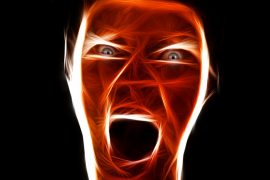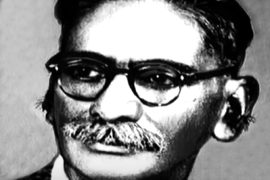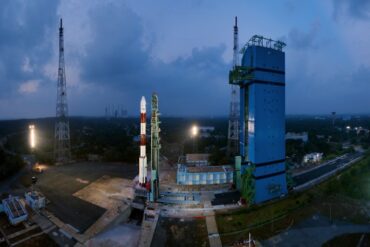On 5 January 1688, Puebla de Los Ángeles, a city in east-central Mexico, was submerged in a sea of sorrow. Catarina de San Juan, a woman of “very good blood,” loved and revered by the people of Puebla, had died.
Her funeral in a Jesuit church, attended by some of the most influential people in New Spain, “culminated into an elaborate catafalque adorned with paintings and poetry.” As Francisco de Aguilera, a Jesuit priest, delivered the eulogy, thousands of people–teary-eyed, sobbing with grief–bid farewell to the woman they called “ni China ni Poblana.”
Death transformed Catarina into an angel. Notwithstanding Pope Urban VIII’s injunctions against unauthorised veneration, her devotees began idolising her as a divine messenger. They circulated woodcut lithographs that depicted her as a saintly woman dressed in black clothes. Soon, her lithographs became some of the most revered images in New Spain. Her patrons also transformed two of her residences into shrines.
-30-
Copyright©Madras Courier, All Rights Reserved. You may share using our article tools. Please don't cut articles from madrascourier.com and redistribute by email, post to the web, mobile phone or social media.Please send in your feed back and comments to [email protected]











